Acora Acoustics Granite Pyramid Is Worthy of the Sonic Gods
will Acora's "flagship" loudspeaker float your boat?
“Stunning. They can hang out in the living room”. Forty reviewing years and that comment from wifey was a first! Her response early last Fall seeing the dramatically “painted by nature” Acora VRCs unpacked and sitting in the driveway in the early morning sun.
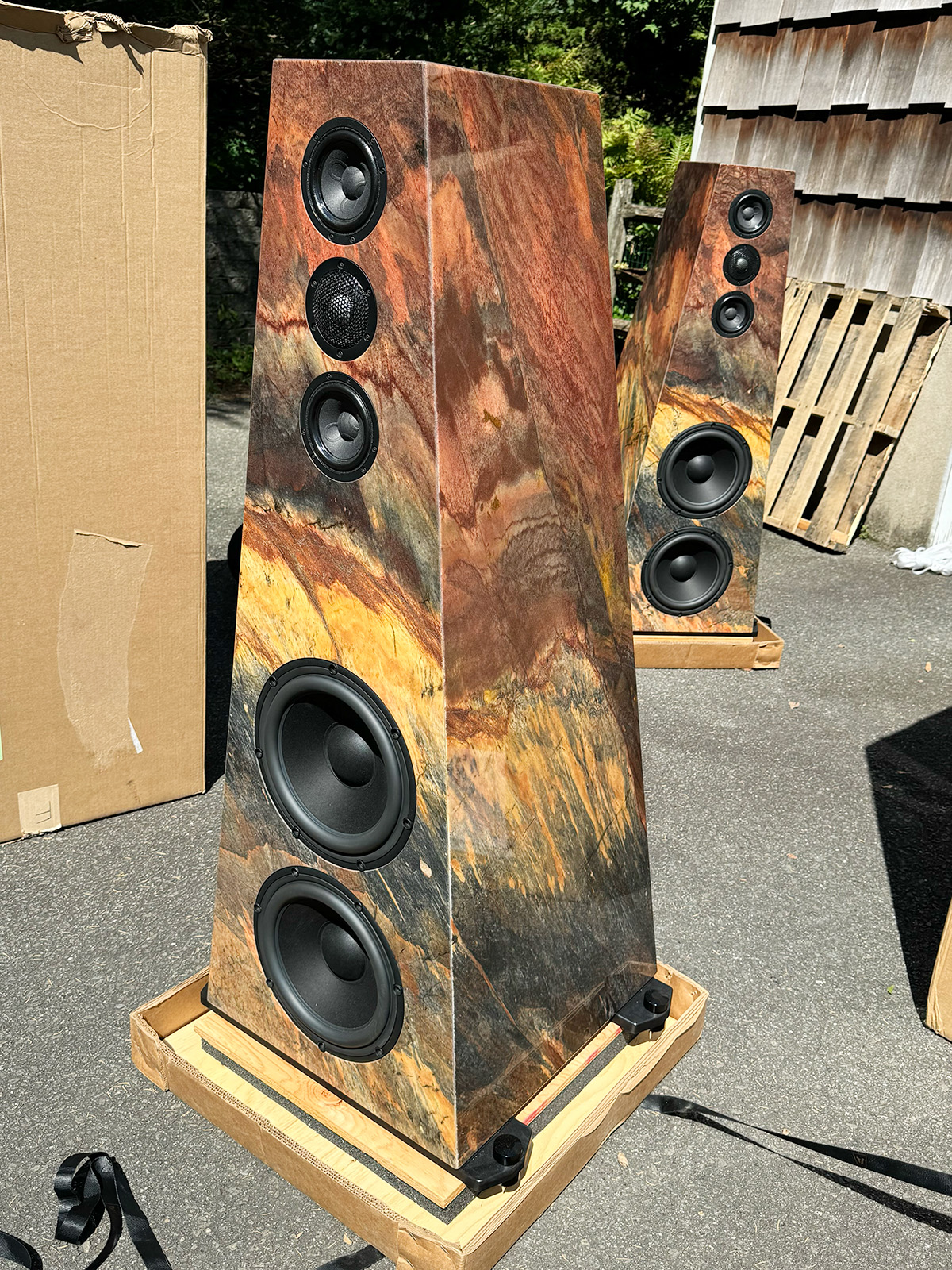
The light made an already dazzling looking speaker look even more so. It also resembled the delivery of our granite kitchen counters back in 2011, during which the narrowest section had cracked during the truck ride, ruining the beautiful, one-of-a-kind countertop that we’d so carefully chosen. The company knew it was vulnerable and reinforced it but to no avail.
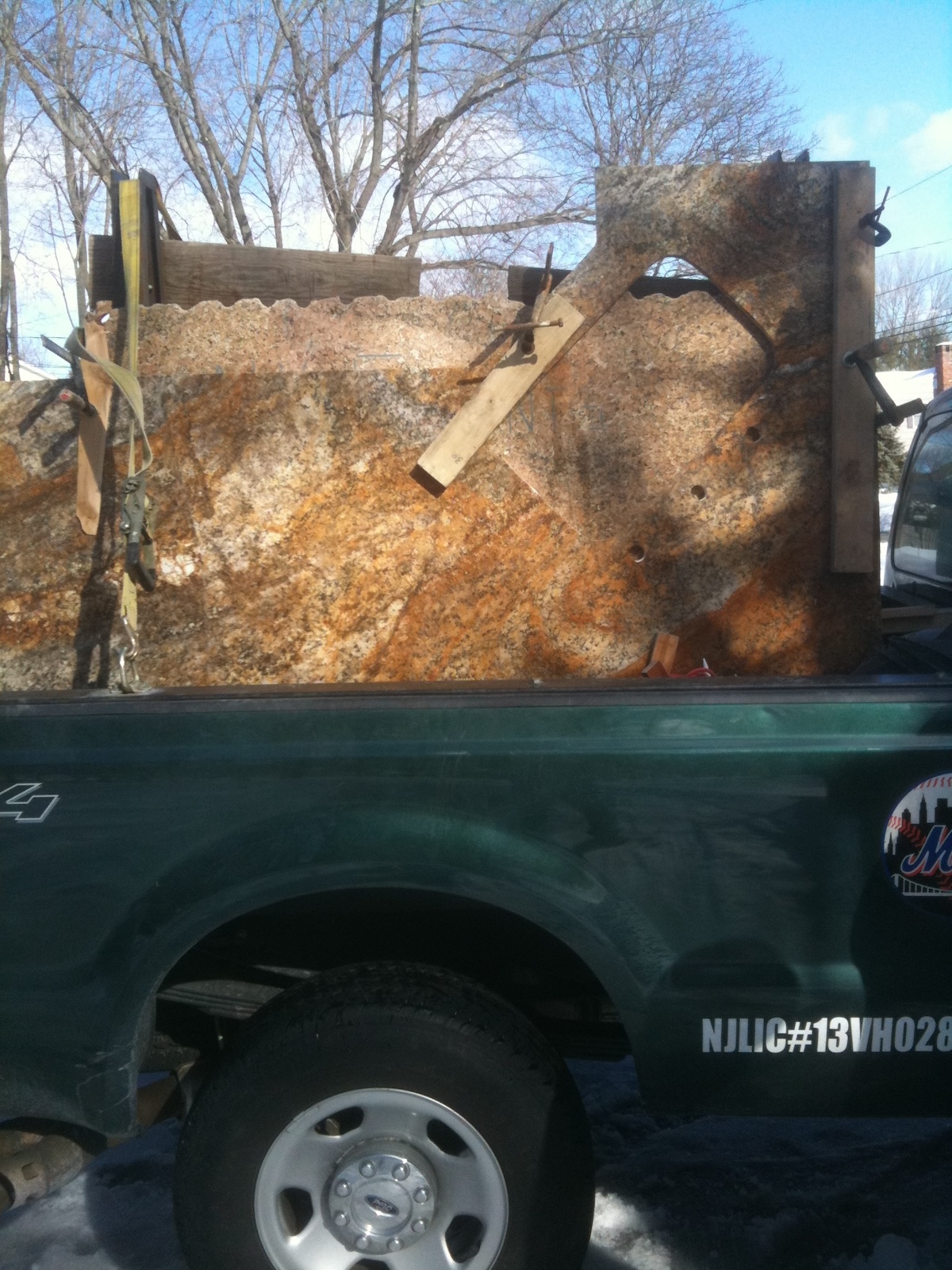
Val Cora knows how to ship granite better than our countertop folks, who had to eat their mistake, that’s for sure! For more about Val’s “stoner” background read Ken Redmond’s Acora SRC-2 review.
The unboxed 430 pound apiece speakers arrived in perfect condition as they always do Val Cora assured me, despite packing that consisted of little more than cardboard: cardboard trays fitted with foam surrounds on bottom and tall cardboard enclosures on top. Amazing. This is Acora’s “flagship” loudspeaker and the company’s first three-way design. Cost is $218,000/pr. for standard granite. The review pair was an extra cost exotic option. While Mr. Cora says different granite has different sonic attributes, it's less of an issue in this big speaker.
It’s taken a while to get this review organized but here it finally is. Having heard these speakers fill huge rooms at shows—Acora always takes the biggest, or among the biggest rooms available— I wondered how they’d do in my modest sized room, sitting about ten feet away. Valerio Cora was confident they’d work just fine.
Another thing worth noting at the outset is that despite buying Audio Research in what was a risky acquisition, Val continues to partner at shows with tube electronics competitor VAC, because he’s friends with Kevin Hayes and because he’s one of the industry’s biggest mensches.
It's kind of unfair to write that the VRCs just “filled the room” at those shows. They did a great deal more—producing both an enormous soundstage possessing great depth, width and well-focused images, as well as delivering bottom to top timbral completeness and explosive macrodynamics that seemed to defy what appears to be a minimal driver array.
Somehow, while speakers of every size at hotel-based shows often seem to excite lower midbass room modes to produce “bloomy” incoherent, a-rhythmic sound, the VRCs always produce both deep tuneful bass, lower midbass clarity and a vivid "presence" as you hear listening to live music.
In every venue in which I’ve heard the VRCs it would be fair to call them “showstoppers”.
Val, his wife and business partner Sherree and Isaac Markowitz (who has since left Acora) arrived and in a remarkably short time moved the 600 pound plus Wilson XVXs out of the way and had the 430 pound VRC-1s placed in “ball park” locations. The two spent a few hours more making minute placement and toe-in/rake angle adjustments until they were satisfied with what they were hearing. Only then did they spike the speakers on the speaker supporting aluminum outriggers.
Val warned that this was a new pair and that the capacitors would need considerable break-in until they would sound as they should, and he wasn’t kidding. At first the “green” capacitors delivered a difficult to listen around glare/hardness that was not a frequency-based defect, but of course early on I’m thinking “maybe a big room would be better for these”.
Within a week though, and with music running through them every overnight, the transformation was complete. What I heard resembled what I’d heard in many a big room, though more intimately delivered.
The Design
North Carolina’s disastrous Hurricane Helene floods occurred during the review period. I couldn’t help but think had these pruned pyramid shaped granite towers submerged, or even floated away on an angry river, they could probably be salvaged, rebuilt and play again.
30 millimeter thick granite panels glued together using a Val Cora developed epoxy resin form the enclosure. Cora’s family business is set in stone, thus the connection and his familiarity with working with the material.
The result is an extremely rigid enclosure not in need of any internal bracing and one that unlike MDF or wood does not swell or shrink due to temperature and humidity changes. Jungle dwellers take note! More importantly, granite, according to Acora is "...the highest density, toughest, and highest compressible strength material available" and results in a cabinet "... that does not resonate in the frequencies it is designed to contain, holds the driver in an absolute fixed position, and does not allow for energy transfer or absorption." Enclosure construction features non-parallel walls and a sloped, time aligned front baffle.
The 3-way design features a pair of 12” woofers placed close to the ground running in parallel that appear to be similar to and sourced from the same company that produces the dissimilar sized woofers on my Wilson XVX speakers, which I believe are Scan-Speak sourced. The back wave exits via a pair of two-inch ports mounted low on the enclosure’s rear adjacent to a single set of speaker terminals.
A classic D’Appolito MTM (midrange-tweeter-midrange) configuration features a pair of 4.5 inch midrange Scan-Speak drivers, again like ones used in the XVX (and in the Treble Clef Audio speakers though no doubt, like that Wilson unit, it is heavily modified in house by Acora to meet the VRC’s electrical and acoustical needs. Each midrange driver is housed in its own carbon fiber enclosure. According to the website, "Carefully placed damping material is also employed only as needed" throughout the company's loudspeaker offerings.
One of the most annoying things found on the Internet are posts by people thumbing through catalogs and finding relatively inexpensive drivers that look like ones found on costly loudspeakers and declaring them identical, which they usually are not.
A large diameter 1.25 inch beryllium dome tweeter sits between the midrange drivers. Most beryllium dome tweeters—indeed most tweeters used in high performance audio loudspeakers— are smaller in diameter. Beryllium’s high stiffness-to-weight ratio makes possible a large diameter without transient speed concerns.
While Acora doesn’t specify the supplier, it appears to be a German-made Bliesma T34B-4 (or based upon it) that if so, Acora most likely modifies for the VRC or he has the tweeter manufacturer do it (Acora specs it at 1.25", the T34B-4 is spec'd at 1.33"). This impressive tweeter has a remarkably narrow diameter surround and a resonant peak (first break-up mode) at an extremely useful 32kHz. Plus, the large surface area and 3mm peak excursion allows it to be used down to 1300Hz. All of that is assuming the mystery tweeter is Bliesna sourced! I’m betting it is.
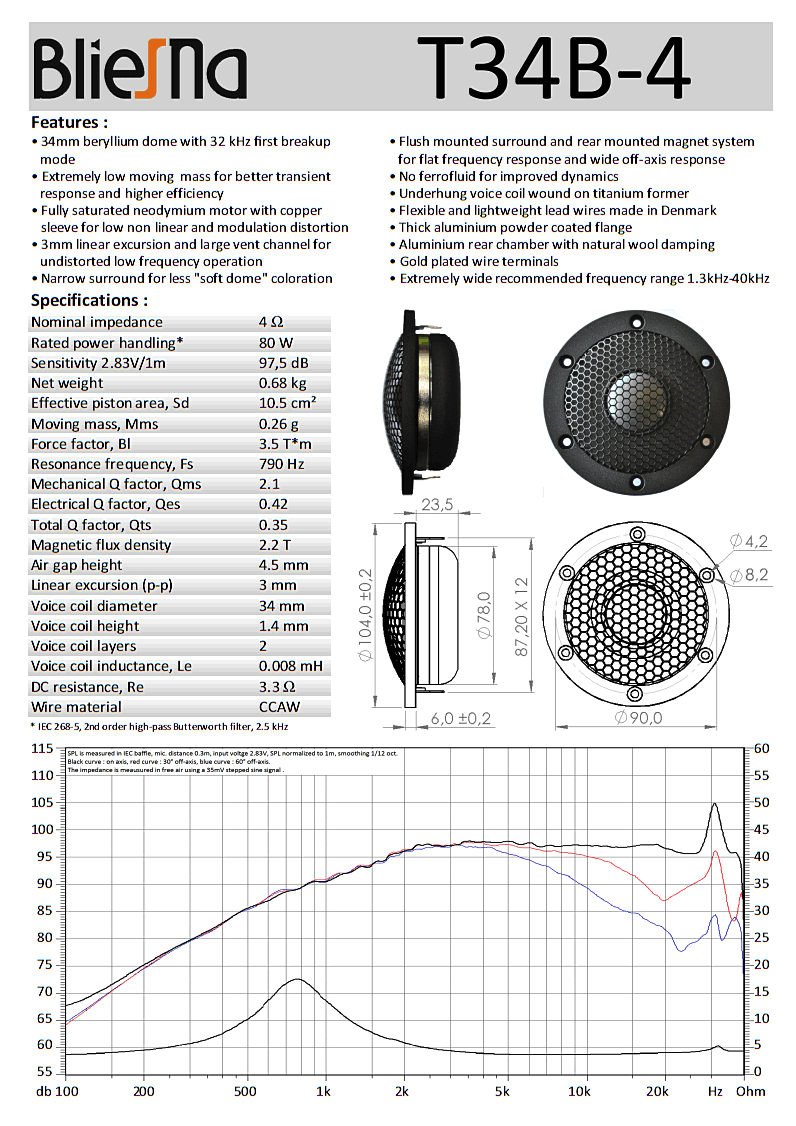
Screwing drivers into uncompressible granite is impossible, but granite can be drilled, so again Cora devised an adhesive to affix the drivers to the granite baffle.
Acora doesn’t believe in or supply driver protecting grills so beware poking youngster fingers—the costly tweeter comes factory protected.
As befitting a costly three-way loudspeaker, Acora pays great attention to the crossover design and implementation. Mr. Cora doesn’t specify the crossover frequencies though it’s a fourth order Linkwitz Riley filter with a steep 24dB/octave slope that allows drivers (if desired) to operative at the edges of their response characteristics and in-phase with one another. That would allow Cora to run the big woofers up to 2KHz and then steeply roll them off. Given the tweeter’s (if my guess is correct) wide bandwith, Cora could give those two midrange drivers a relaxing ride over the sweetest midrange area, which might help explain the speaker’s smoooooth…and allow the highly resolving tweeter to cover a great deal of ground, which helps explain the speaker's superb detail resolution and transient clarity…ah! But I’m not a speaker designer and Cora isn’t divulging, so I’ll stop the ass-talk before I possibly embarrass myself.
So let’s leave the crossover discussion at this: according to Acora the VRC uses the highest quality crossover parts arrayed “just so” to deal with magnetic fields and other placement considerations and Mr. Cora pays fanatical attention to construction details such as re-manufacturing the circuit boards when batches of parts exhibit tiny variations in spec’d size values. Many conversations at many shows have delivered these design details, while others were divulged in the chat we had on my patio you can watch in the embedded video below. Still others are in Ken Redmond’s review cited above.
With its claimed 94.5dB efficiency rating combined with a spec’d benign 4 ohm nominal impedance, among “top shelf” loudspeakers the VRC is one of the easiest to drive. The darTZeel NHB 468s loafed most of the time. Other than when I played the speakers suffiently loud to bring wifey downstairs to complain, the front panel meters rarely registered.
Every speaker I’ve reviewed in my room over the past 26 years ends up pretty much in the same location, close to the corners and close to the front wall. Online trolls see the pictures and imagine all sorts of stupid stuff. When I moved in, I applied the “rule of thirds” and my speakers at the time delivered no bass.
Though the VRCs are, speaker placement rules are not carved in granite. The VRCs ended up somewhat further from the side and back walls and closer together in part due to the tweeter’s remarkably wide dispersion. Bass performance was also optimized with the speakers a bit further from front room boundaries and closer to the listening position but not by much, nor is there much room in my space for the Ekornes Stressless chair to be moved further back.
Spatial Sonics
Despite being placed closer together than my reference speakers, the VRCs delivered a dazzlingly wide and effortlessly presented soundstage. Look at that tweeter's off-axis performance. In my approximately 15’ wide room it was probably fortunate that I’ve taken care of sidewall reflections with large RPG diffusion panels that at this point are most likely technologically way dated, but still work well.
Mr. Cora told me at one time or another that the MTM speaker array was designed to limit both vertical ceiling reflections and “floor bounce” and indeed the speaker’s vertical dispersion had a pronounced limit that reminded me of the Vandersteen Sevens I reviewed more than a decade ago. It’s a comparison any speaker manufacturer should be happy with! And that's not meant as a negative observation.
Depending upon source material my speakers can sometimes set up a “high image” where Miles or Julie or whoever, plays or sings “off the floor and up in the air”. The VRCs always had me looking straight ahead, which most would consider a good thing. As I wrote in that Vandersteen review: “Soundstages were as wide and deep as was appropriate to the program material, but their height was (sometimes) less than fully realized…Still, the sonic pictures extended well north of 44", just as their width and depth pushed well beyond the physical boundaries of the baffles—but if you're used to line-source arrays—or tall, well-integrated speakers, as I am—the low ceiling of the Sevens' soundstage will be noticeable. That single minor limitation is easily forgotten, however, given the clarity, coherence, and transparency of the three-dimensional pictures the Sevens re-create.”
That applies as well to the VRCs. Not all visitors like the XVX’s sonic heights but when it’s working well with the right recordings, especially live ones, the room disappears, and you are thrillingly in that space. When it’s not working well, it’s “ladies and gentlemen we are floating in space,” to quote a song by Spiritualized. Mr. Cora has chosen reliable spatial organization and it works well with all recordings but as with the Vandersteen Sevens there’s a greater sense of listening to loudspeakers that effortlessly disappear on great recordings than being literally transported into a space.
Image specificity and soundstage width and depth were as good as I’ve heard in my room—and I’ve reviewed many a fine speaker here—the result in great part of the VRCs superb transient precision and time and phase coherence—not that I measured these things. I just heard them. No one reading this would be disappointed by the speaker's spatial presentation and no one who visited was either, nor was I!
Listen to Wadada Leo Smith’s and Amina Claudine Myer’s iremarkable Central Park's Mosaics of Reservoir, Lake, Paths and Gardens on these speakers and you’ll hear what I mean. As perfect and precisely focused a presentation of that trumpet as I’ve heard—and I’ve played the record many places. Fred Kaplan gave the sound a well-deserved 11. The VRCs tell you why spatially and timbrally too. Myer's piano in a reverberant "space" retains its clarity instead of losing to the artificial reverb. This recording puts the trumpet at the correct height on my speakers as well. A record not to be missed I tell ya!
Plumbing the Depths And Scaling to the Top
No surprises here, from a non-resonant enclosure fitted with a pair of 12" woofers locked into granite. I usually start with Terje Isungset's "Fading Sun" from the album Winter Songs (Icemusic). It was recorded in an Igloo.
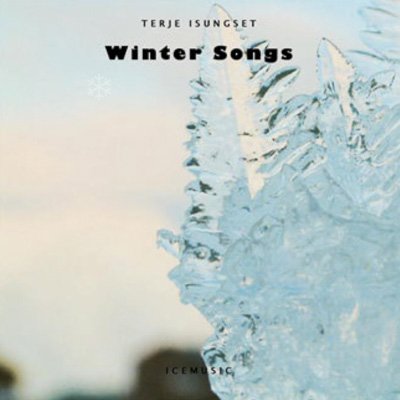
The track begins with a low frequency depth charge that's deep, tight, tuneful and can be room-shaking or not. It should be with a speaker like this and it is! As it had better be. The VRC delivers deep, tight, tuneful low frequency performance but never does it add bass that's not on the recording. The VRCs pressurized the room in the most pleasing way.
My old stand by, Mel Tormé And Friends Recorded Live at Marty's, New York City (Finesse W2X 37484), one of the best live small club recordings I've ever heard, tells you a great deal about a system's delivery of midrange vocal purity, spatial coherence and general natural musical "warmth". Mel's called "The Velvet Fog" for good reason.
Mel's cover of Billy Joel's "New York State of Mind" is definitive as is the artifact-free, eerily perfect recording of his mellifluous voice. He's backed by a trio of Mike Renzie's on piano, Donny Osborn on drums and depending on the track, either Jay Leonhart or Rufus Reid on bass. Now as many of you know I released a record featuring Rufus and yet I don't know how many times I wrongly credited Jay Leonhart's bass playing on "New York State of Mind" when it was Rufus Reid! My bad!
The VRC mostly puts you in the club, though the height restriction somewhat limits the full illusion. More importantly, the speakers deliver Mel's voice effortlessly, coherently and believably. You "see" him standing "right there" between the speakers, edge-free and not carved "hyper-realistically" in space as metal dome tweeter detractors might expect. Reid's bass sometimes sounds "plumby" on speakers that add "warmth" in the mid bass, making it sound too large and lingering too long, which diminishes the trio's rhythmic thrust. No problem here. Osborn's cymbal work has just the right amount of stick on metal attack and resulting shimmer to make it sound believable and the presentation of Renzie's piano was equally well-balanced.
The overall presentation though, was slightly cooler than I was used to but every speaker is voiced differently and it was a minor shift, but one that was totally coherent. My reference speaker has greater midrange real estate and uses one of the VRC's two midrange drivers as an upper midrange transducer so no surprise that the balance was different (here I'm thinking Val is reading this saying to himself, "sure, that silk dome tweeter can't handle those frequencies mine can down to 1300Hz so of course they need an additional driver and all of the issues it creates that I avoid!").
I moved on to solo piano with Chopin Recital, Earl Wild (Audiofon 2003) a 1984 all-analog 30IPS recording using Mark Levinson (the person) electronics, B&K 4133 microphones and ML ML-8 preamps, engineered by Peter McGrath who as many of you know is Director of Sales at Wilson Audio. Bob Ludwig mastered with no noise reduction, limiting or processing of any kind yielding a record with spectacularly natural micro and macro dynamics. You are in the recording space. Wild's playing reaches ecstatic (and dynamic) heights on the "Fantasy in F minor, Op. 49" and happy to say my turntable arm and cartridge held together throughout the big keyboard slams and the VRCs maintained their timbral composure, avoiding glassiness on the transient peaks.
Before moving on to symphonic works, I played Carlos Salzedo plays Music For the Harp, (or Salzedo Eight Dances for Harp depending on whether you read the spine or front cover) (Mercury MG50093) a record given to me by the late David Nemzer, who for many years headed the New York Audiophile Society. It's an early Mercury though not even Discogs knows the year it was released.
Two players here: Salzedo's playing is powerful and dynamic while Lucile Lawrence's counterpoint is more delicate. They are in a somewhat reverberant space and not closely mic'd. The VRCs do a superb job of naturally capturing the fleshy authoritative and dynamic plucks (these are not like "here's an angel descending from heaven" plucks!) and the counterpoint too, separating them and the resulting string sound from the reverberant space—especially on the larger, lower frequency strings.
I understand why Nemzer gifted the disc. It's both musically engaging and a test of a speaker system's timbral and transient authority—its ability to "hold together" under difficult conditions. How can a monophonic album of "dueling harps" produce such visceral sonic thrills? Play it on the VRCs and you'll hear its unerring clarity and transient accuracy.
Now here's the crazy thing: I studiously avoid reading other reviews of products I'm reviewing. After writing the above, and as I was getting to the conclusion of this review I read my friend Andrew Quint's VRC review written last July and published in The Absolute Sound. I didn't read the printed version. I knew it was on the website but I chose to not read it until finishing up this review.
He too cited a harp record! I could have just edited out my harp record reference and substituted a solo guitar record like one of the outstanding Laurindo Almeida Capitol albums and avoid the appearance of some form of "wrongdoing" but I won't because the VRC's most persuasive qualities brought forth from the shelves and many Qobuz streams, guitar, sitar, xylophone, percussion and harp records. The Dorothy Ashby box set was in heavy rotation while the VRCs were in the system for the same electrostatic speaker type thrills, here produced via more traditional means.
Finally, if you've not purchased the William Steinberg BSO Original Sound Series box praised by Mark Ward, I hope it's still available and you do so! Like many, I was habituated to the Sir Adrian Boult with The New Philharmonia Orchestra performance on EMI (ASD 2301) released in 1967. I have an original "fold back" pressing that I've long treasured. Even though Boult conducted it first and is strongly associated with the piece, this 1971 Steinberg/BSO performance is even more "otherworldly" and cinematic and I guess I share Rainer Maillard's enthusiasm for the recording and I don't hear the hall acoustics interfering as much as does Mark Ward. I thought "this must be the version John Williams listened to before he composed the music for "Star Wars". This, and of course Eric Wolfgang Korngold's "King's Row" score. I could be wrong! But that's how it sounded to me.
I appreciated the sense of hall "envelopment", the stage depth captured by the speakers, and especially with how cleanly and transparently the VRCs delivered that, as well as the delicacy and finely drawn images on the stage, and especially the distinction between the orchestra and the acoustic space, without spotlighting. And as with every recording, if there was bass in the orchestration it was there, and if there wasn't, the VRCs didn't add it to "warm things up".
The benefit of that is that spectacular recordings will sound so. The downside is that bad ones won't and mediocre ones will sound so. Rock recordings, which are notoriously deep bass-shy, sometimes sounded a bit thin and disappointing, but it's better to have what's on the recording than to hear an ever-present, speaker produced warm coloration.
Also note that the VRCs gave overly bright sounding recordings no place to hide and those will sound bright, but the smoothness of the overall response prevents most from sounding strident and unlistenable. You can be sure your greatest sounding recordings on disc, tape or streamed will deliver the goods, which is not to say the VRCs don't have a "sonic personality". All speakers do. The VRCs' overall personality is a bit cool. No surprise that Acora drives them with tube electronics at every show I've heard them at.
When all was said and done, my time with the VRCs made clear why our Dave McNair, who is also a mastering engineer, owns a pair. He can use them both as a reference tool and for supreme listening pleasure.
Despite its relatively compact footprint, the VRC's ability to effortlessly produce large scale orchestra dynamics and deliver with low coloration, full orchestral weight and detail makes it a "must audition" speaker for those with the financial means to afford a pair—especially if you're into orchestral music, though it was equally impressive delivering realistic sounding small combo jazz. Even if you can't afford them, go to a show and have a listen for yourself. Everyone who hears them at shows has a great time listening and many come away saying "best in show".
Conclusion
Acora Acoustics introduced the VRC at the 2023 Florida International Audio Expo. At the 2025 show, as usual, Acora took the biggest room and shared it with VAC, driving the VRCs with the big VAC mono blocks. Adjacent to each VRC was a pair of the company's new $7990 MRB-1 two-way stand mounts.

At times during the show Acora ran the smaller speakers and few listening were aware. That's how large and powerful a sound the diminutive 2-ways could produce when given the necessary power—which is not to suggest the little speaker comes close to performing like the VRCs, but they do share the big, open, immediate and transparent sound, only the bigger one requires less power, plays louder, goes deeper and delivers the depth and detail only the finest speakers on today's market can deliver. Make no mistake: Acora Acoustics VRC is one of them.
Specifications
3 way bass reflex loudspeaker
1.25" Beryllium Dome Tweeter
2 x 4.5" Midrange
2 x 12" Bass Drivers
4 ohm
10w - 400w
94.5 dB
18Hz - 50 kHz
*High Polish
Black Granite 3cm
18.5” x 52.5” x 21”
**430lbs each
*Optional Colours available
**Weight changes depending on material used
Manufacturer Information
165 Milner Avenue
Scarborough, Ontario
M1S 4G7, Canada
Acora Acoustics
info@acoraacoustics.com
1 (833) 322-2672





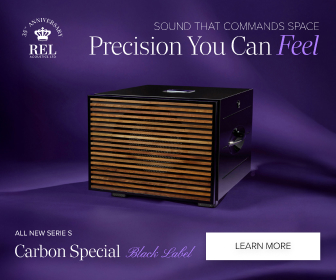

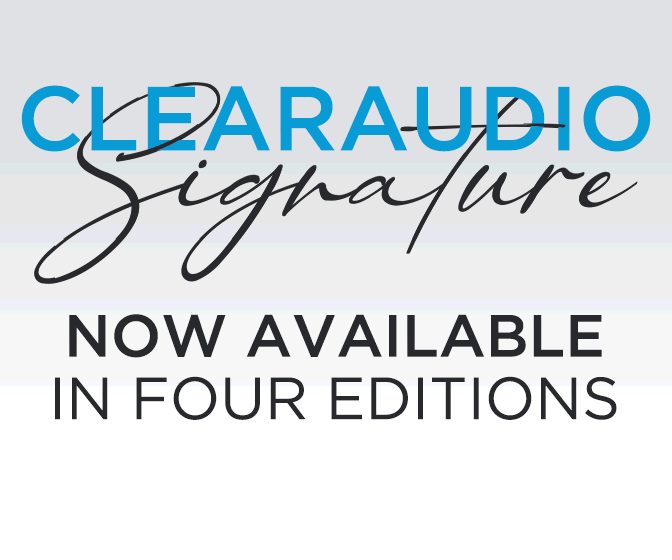
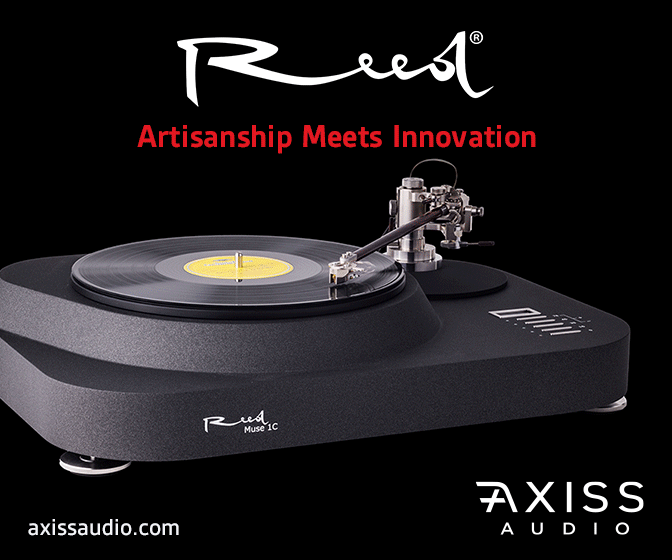

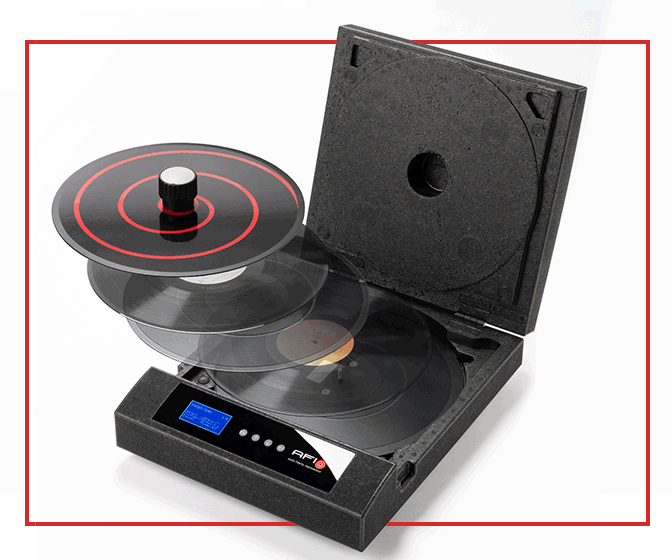

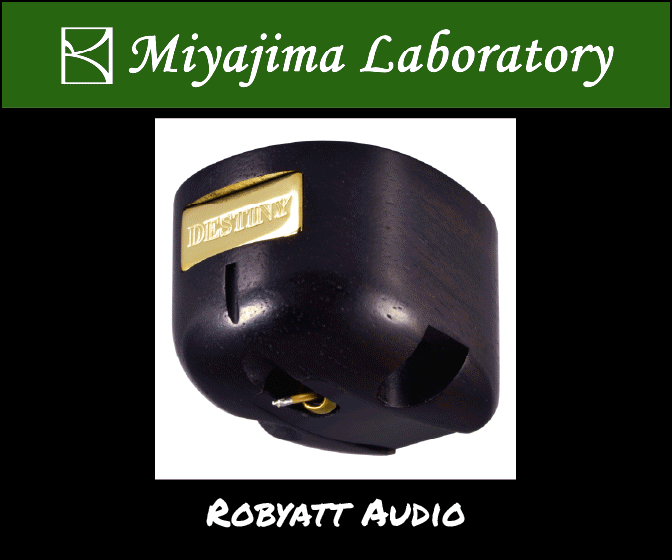





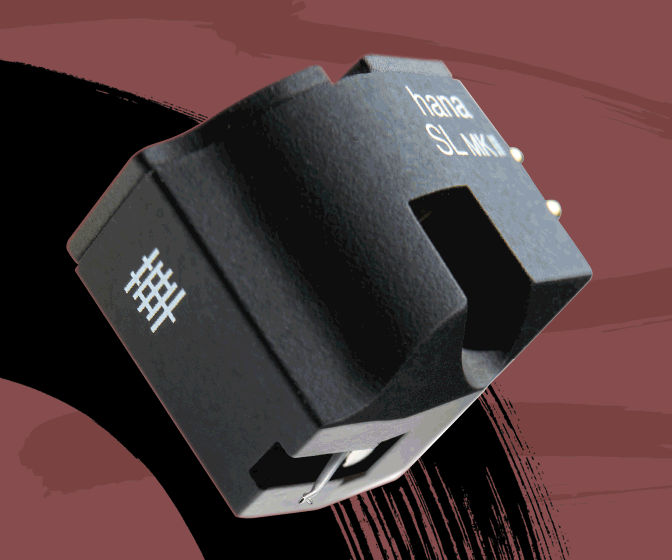

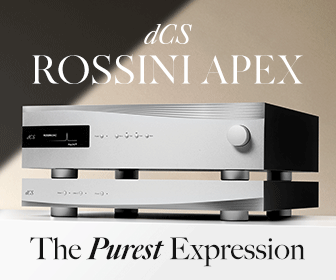
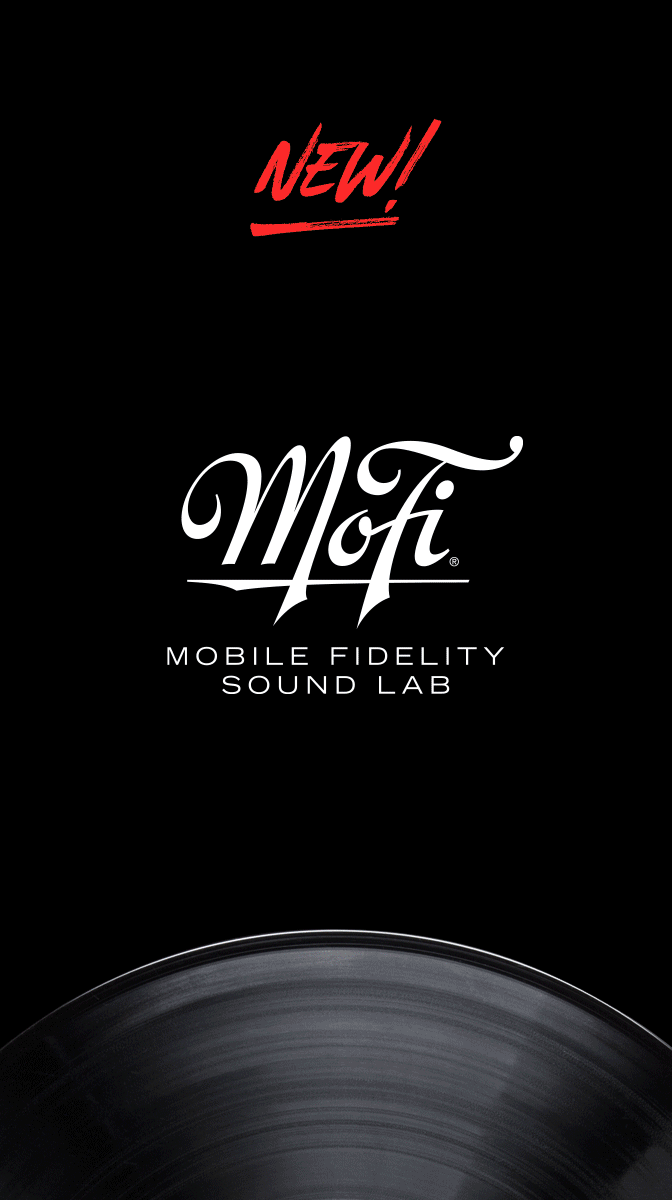
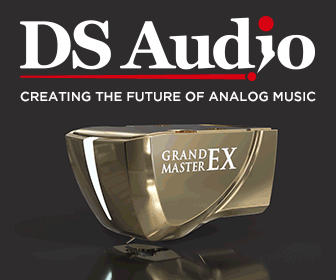
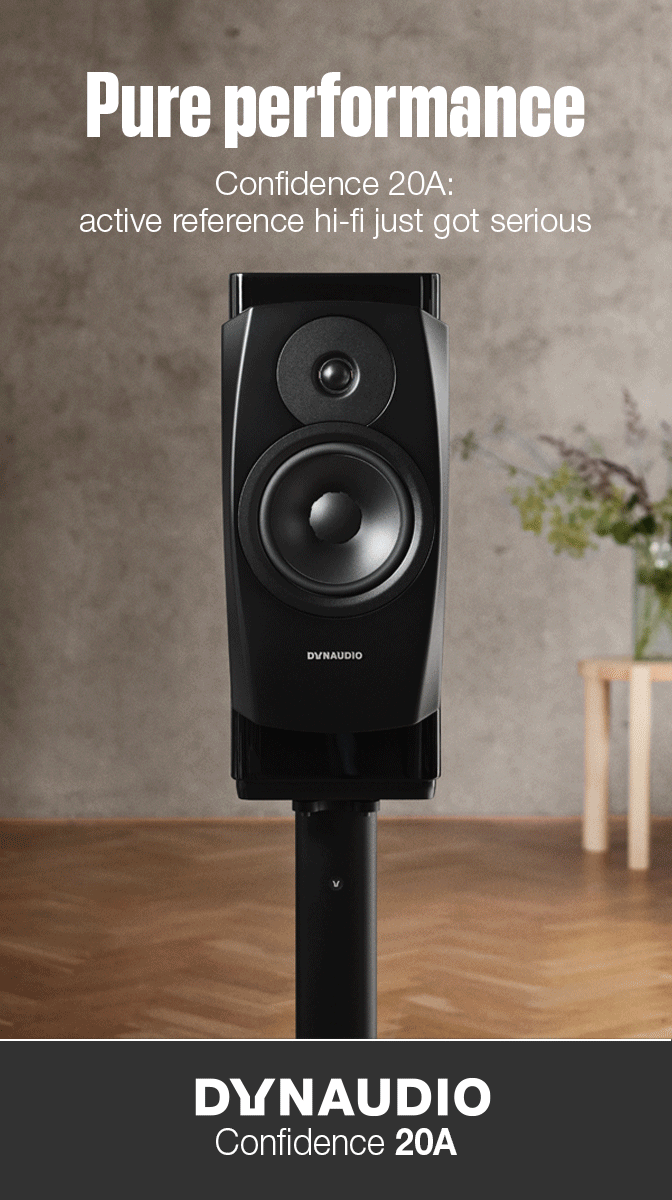

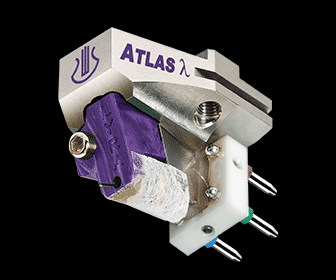

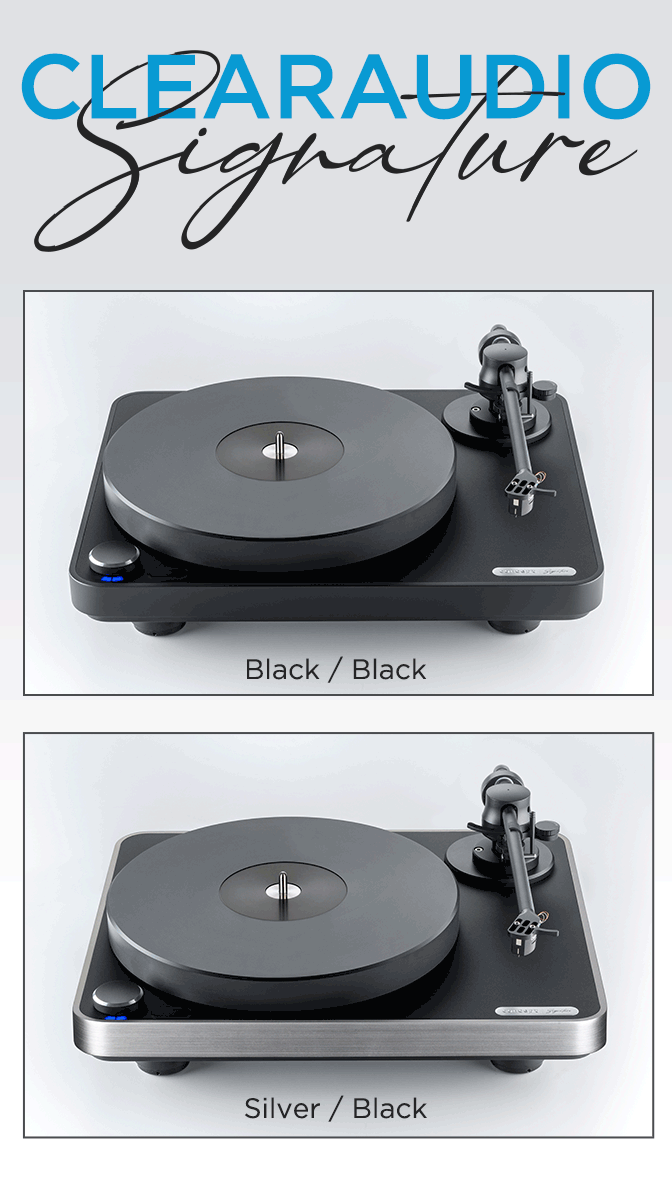

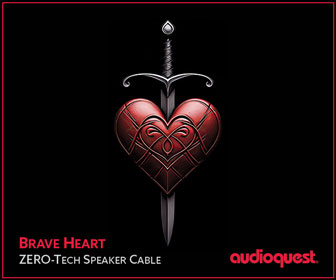
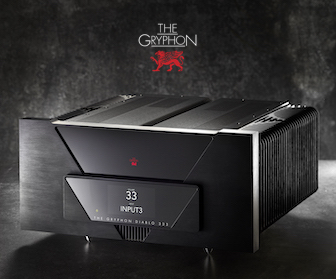
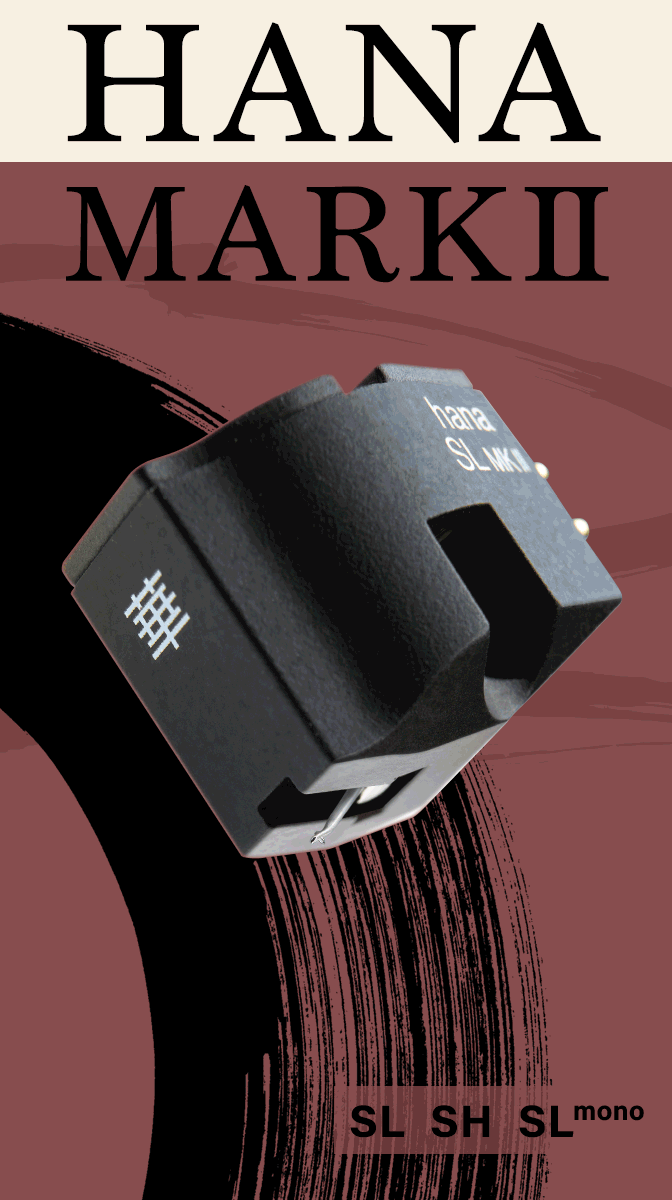


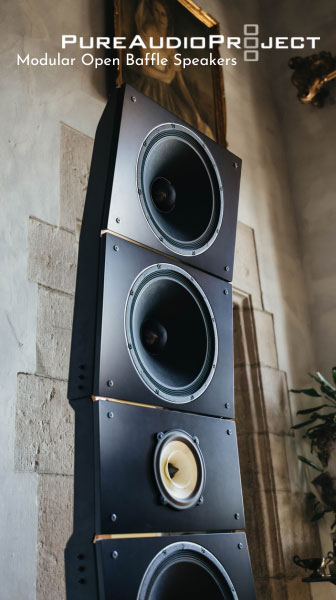
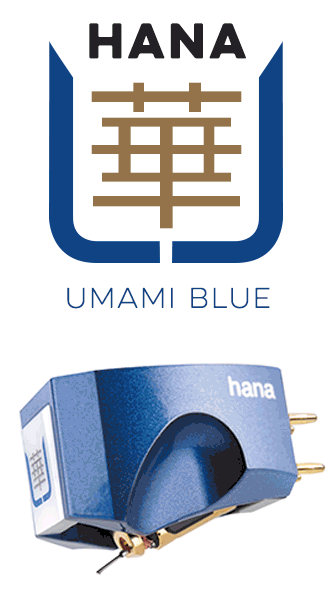





.png)








